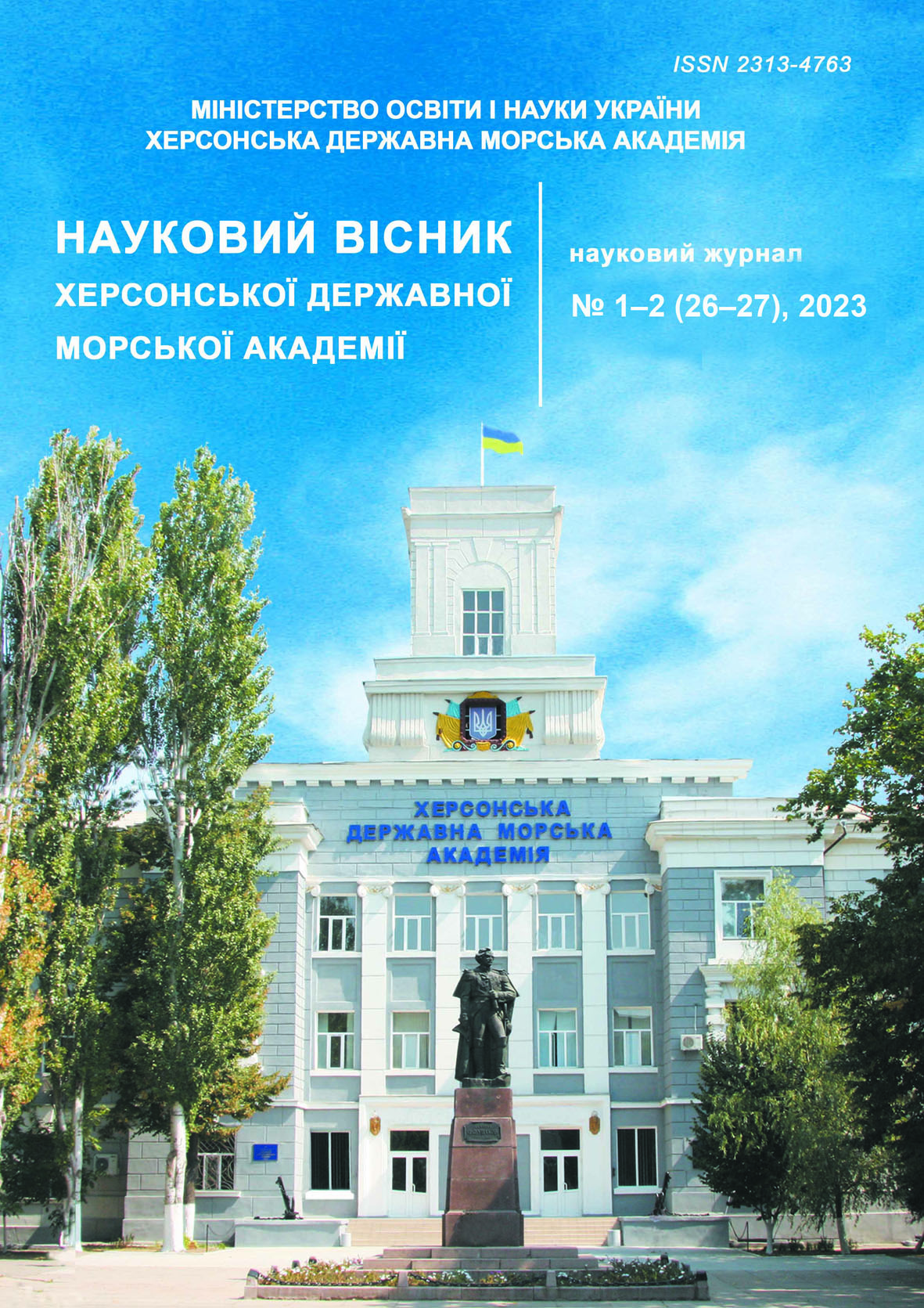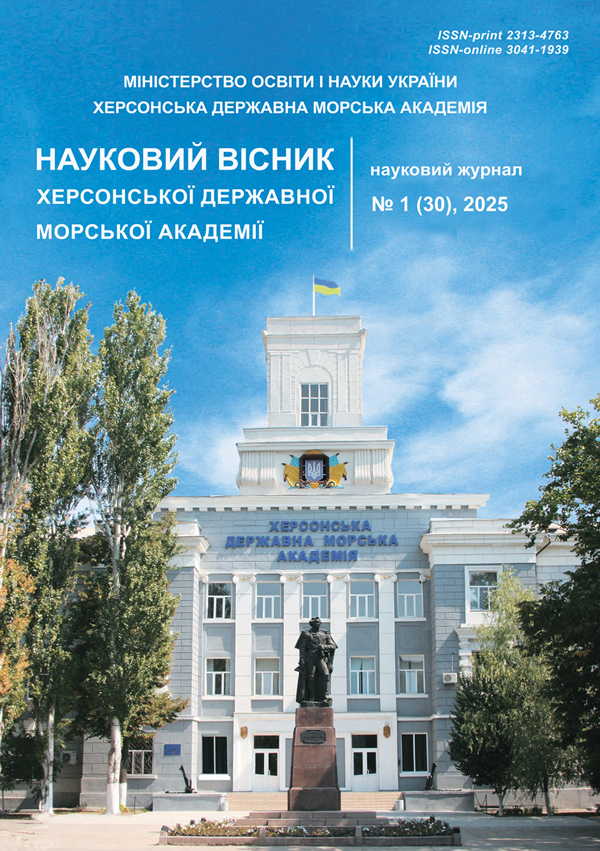MODEL AND METHOD FOR CALCULATING MATRICES OF CORRESPONDENCES TAKING INTO ACCOUNT TIME LIMITS OF TRAVEL BENEFITS
https://doi.org/10.33815/2313-4763.2025.1.30.187-194
Abstract
The article proposes an improved model for calculating matrices of passenger correspondences, which takes into account time limits of travel benefits. The relevance of the study is due to the need to adapt transport planning to social changes and reduce passenger traffic in conditions of limited funding. Traditional approaches do not take into account the impact of changes in the time of benefits, which leads to distortion of modeling results and inefficient use of resources. The proposed model takes into account the temporal availability of benefits and allows calculating the attraction coefficients between transport areas, taking into account the periods of paid and free travel. Special attention is paid to the analysis of the dynamics of trips of persons of preferential categories at different times of the day, which allows correctly considering peak and interpeak loads. The introduced parameters allow calculating the share of time allocated to each type of travel and combining the corresponding attraction coefficients. Thus, the model reflects the change in the mobility of preferential categories of passengers depending on the time of day, which is especially important for cities with a high share of such passengers. The developed approach also allows assessing potential changes in passenger flows when adjusting the time limits of the benefits, which can be useful for transport management bodies. The paper considers various options for the mutual arrangement of the time intervals of the benefits and the calculation of the corresponding weighting coefficients. The results obtained allow the formation of more accurate and flexible correspondence matrices that take into account social policy in the field of transportation, demand reduction and uneven load on the transport network. The proposed approach is universal in nature and can be adapted to different conditions of public transport operation, contributing to more effective planning of routes and schedules. In addition, the model can be integrated into existing transport modeling information systems for automated consideration of preferential factors.
References
2. Horbachov, P. F., Liubyi, Ye. V., Kovtsur, K. H., Tsyn, S. (2024). Shchodo pytannia modeliuvannia elementiv matryts korespondentsii v ramkakh intervalnoi kontseptsii formuvannia modelei transportnoho popytu. Napriamky rozvytku tekhnolohichnykh system i lohistyky v APV. Materialy V-yi Mizhnarodnoi naukovo-praktychnoi internet-konferentsii (23 travnia 2024). Kharkiv: DBTU. P. 48–49.
3. Liubyi, Ye., Kovtsur, K., Tsyn, S. (2024). Postanovka zadachi vypadkovoho zapovnennia matrytsi pasazhyrskykh korespondentsii. Suchasni tekhnolohii v mashynobuduvanni ta transporti. № 2(23). P. 152–158.
4. Liubyi, Ye. V., Kolii, O. S. (2019). Otsinka tochnosti syntetychnykh modelei rozrakhunku pasazhyrskykh korespondentsii na prykladi malykh mist. Suchasni tekhnolohii v mashynobuduvanni ta transporti. № 1. P. 98–106.
5. Ponkratov, D. P., Faletska, H. I. (2015). Vybir pasazhyramy shliakhiv peresuvannia v mistakh : monohrafiia. Kharkiv : KhNUMH im. O. M. Beketova. 164 p.
6. Slavych, V. P., Hirik, D. O. (2019). Model optymizatsii chasu perebuvannia hromadskoho transportu na zupynkakh. Visnyk KhNTU. № 2(69). P. 187–191.
7. Slavych, V. P., Livandovskyi, V. S. (2021). Model systemy upravlinnia pishokhidnym potokom mista. Visnyk KhNTU. № 2(77). P. 47–51.
8. Slavych, V. P., Marchuk, N. V. (2023). Model vyznachennia pasazhyrskykh korespondentsii m. Kherson v umovakh zmenshennia kilkosti pereviznykiv. Synerhiia nauky i biznesu u povoiennomu vidnovlenni Khersonshchyny : materialy Mizhnarodnoi nauk.-prakt. konf. Odesa, P. 316–318.
9. Chyzhyk, V. M. (2019). Rozrobka analitychnykh modelei vyznachennia chasu ochikuvannia pasazhyramy marshrutnoho transportu v mistakh : avtoref. dys. ... kand. tekhn. nauk : 05.22.01. Kharkiv. 20 p.
10. Ding Luo, Oded Cats, Hans van Lint, Graham Currie. (2019). Integrating network science and public transport accessibility analysis for comparative assessment. Journal of Transport Geography. Vol. 80. 102505.
11. Chen, E., Ye, Z., Wang, C., Xu, M. (2020). Subway passenger flow prediction for special events using smart card data. IEEE Transactions on Intelligent Transportation Systems. Vol. 21, No 3. P. 1109–1120.
12. Greta Galliani, Piercesare Secchi, Francesca Ieva (2024). Estimation of dynamic Origin–Destination matrices in a railway transportation network integrating ticket sales and passenger count data. Transportation Research Part A: Policy and Practice. Vol. 190. 104246.
13. Konstantinos Gkiotsalitis, Oded Cats (2022). Optimal frequency setting of metro services in the age of COVID-19 distancing measures. Transportmetrica A: Transport Science. Vol. 18, No 3. P. 807–827.
14. Wang, L.-N., Wang, K., Shen, J.-L. (2020). Weighted complex networks in urban public transportation: Modeling and testing. Physica A: Stat. Mech. Vol. 545. 123498.
15. Tina Šfiligoj, Aljoša Peperko, Patricija Bajec, Oded Cats (2025). Node importance corresponds to passenger demand in public transport networks. Physica A: Statistical Mechanics and its Applications. Vol. 659. 130354.






